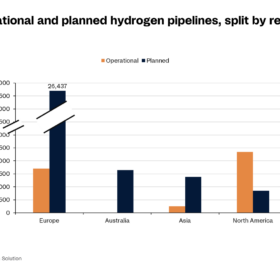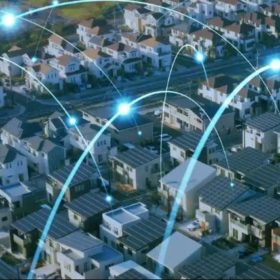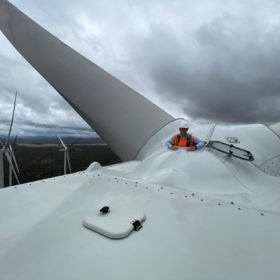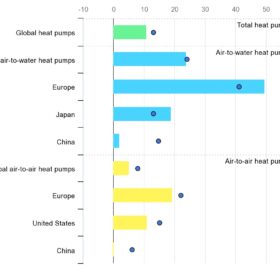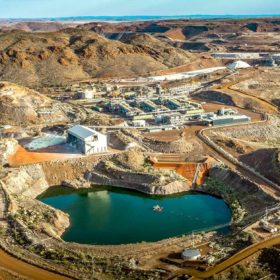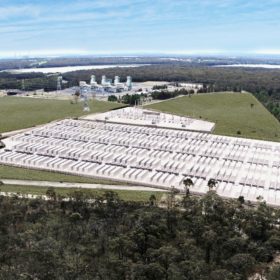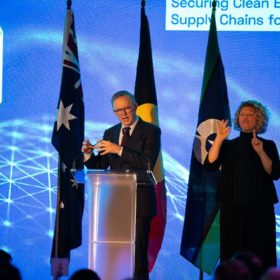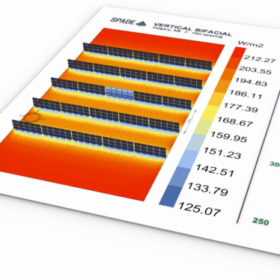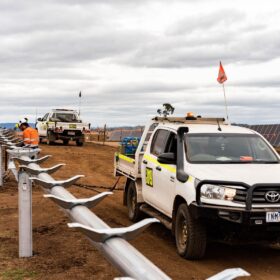Global hydrogen pipeline projects to surge by 2035, says Rystad
Norwegian consultancy Rystad Energy says that hydrogen pipelines will be “far better” than vessels at moving hydrogen over short- and medium-range distances in the years ahead.
VPP participation appears overblown with questionable fleet inclusions
Virtual Power Plants, or VPPs, are relatively mature in Australia due to the country’s high penetration of, and familiarity with, distributed energy resources. But claims of VPP success and participation may be overblown, with a considerable gaps between the numbers some platforms are claiming and the realms of possibility.
Brookfield partners with Victorian developer as it prepares to replace Origin’s fossil fleet
Canadian giant Brookfield, which is currently in the process of formally acquiring Origin Energy, has announced its partnership with little-known developer Greenleaf Renewables. The partnership, Brookfield said, will contribute to the 14 GW of renewable generation and storage it plans to build to decarbonise Origin.
Global heat pump sales rose by 11% in 2022, says IEA
China sold the most heat pumps in the world in 2022, but Europe recorded the highest growth in overall sales, according to the International Energy Agency (IEA). It says Italy, France, and Germany accounted for almost half of all sales in Europe, and notes that air-to-water heat pumps were the most popular technology.
Value of Australia’s lithium exports more than triple from last year
Australia’s lithium and base metals like nickel, aluminium and copper are forecast to earn around $47 billion (USD 31.8 billion) in the current financial year, according to the Australian government’s latest forecasts.
NSW opens for big battery bids
The New South Wale government’s competitive tender for 380 MW of ‘firming’ battery capacity has now opened.
Three ways to help the $15 billion National Reconstruction Fund revive manufacturing
Australia’s federal parliament has approved a $15 billion (USD 10 billion) National Reconstruction Fund, intended to reverse the nation’s dwindling manufacturing sector. It is the “first step” in Prime Minister Anthony Albanese’s election promise “to revive our ability to make world-class products”.
New software modelling tool for agrivoltaics
Sandbox Solar, a solar developer and US federal grant recipient, has released a beta version of its software modelling tool for agrivoltaic power plants. It supports the design and optimisation of solar panels, as well as the crops underneath.
Renewable energy construction investment tipped to reach $11.8 billion peak
Annual investment in renewable energy construction in Australia is forecast to jump almost 50% this year and continue to climb to a peak in 2026 with historically high levels of activity to follow as the country continues its transition away from fossil fuel-fired power generation.
Swedish developer pushes into Australian solar with Esco Pacific purchase
European renewables giant OX2 has announced its entry into the Australian market with the acquisition of Esco Pacific, one of the country’s biggest utility-scale solar developers in a deal valued at $126 million (USD 84.2 million).
